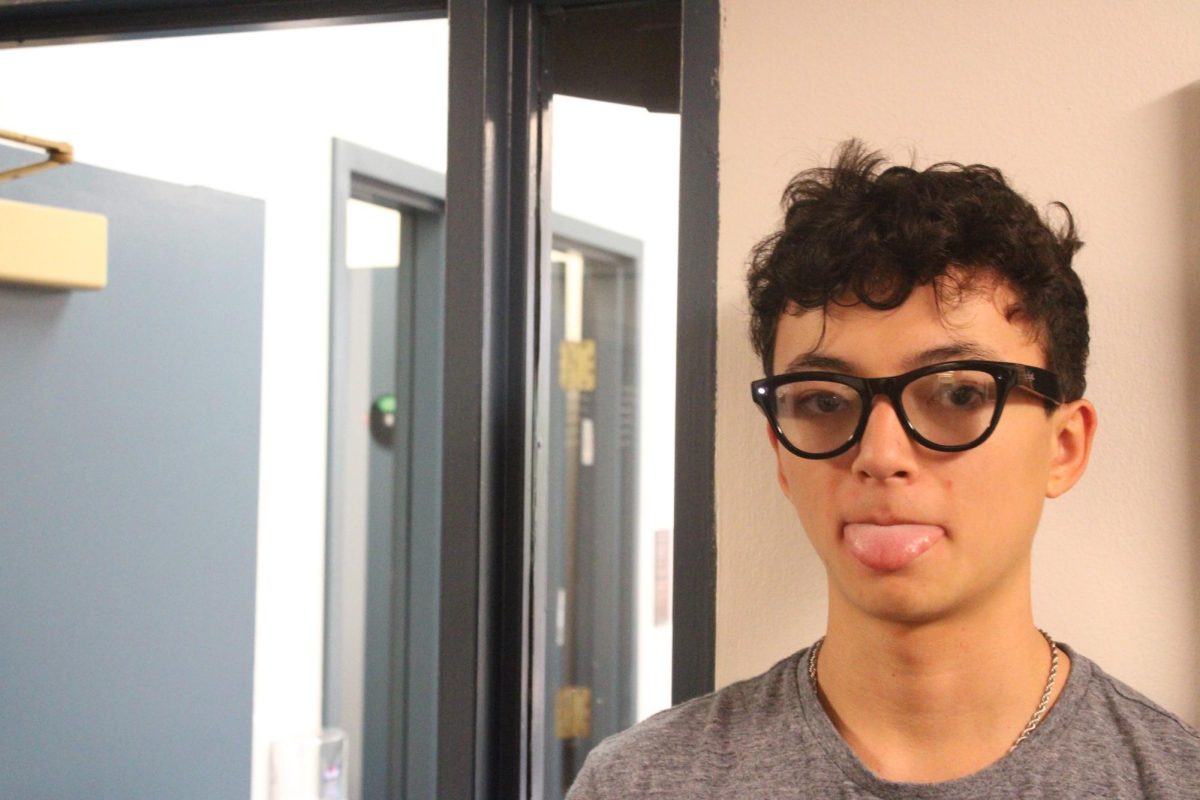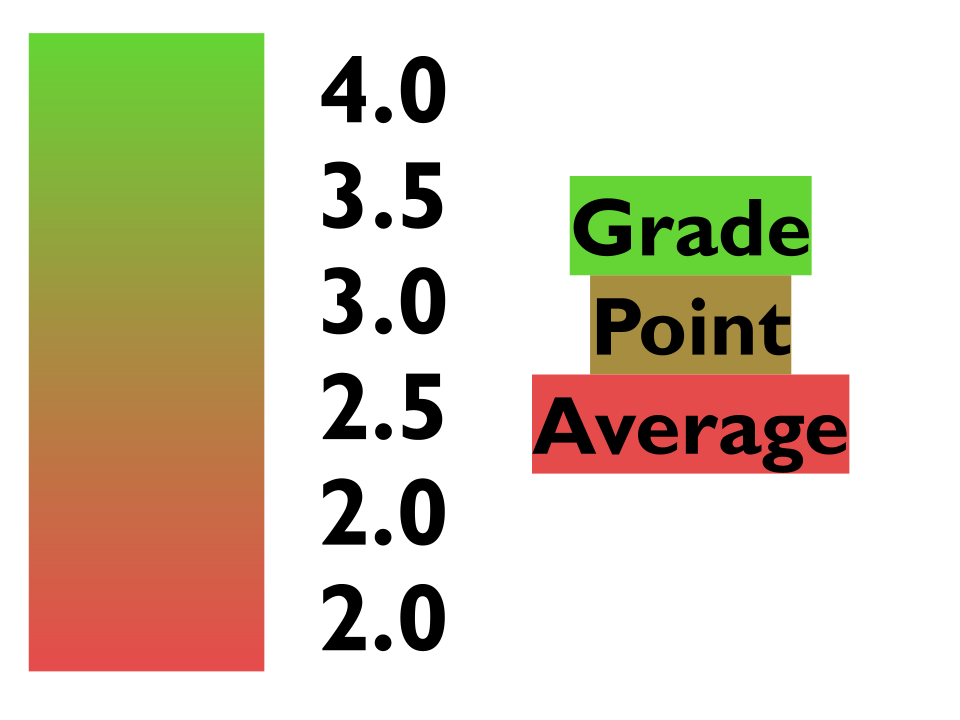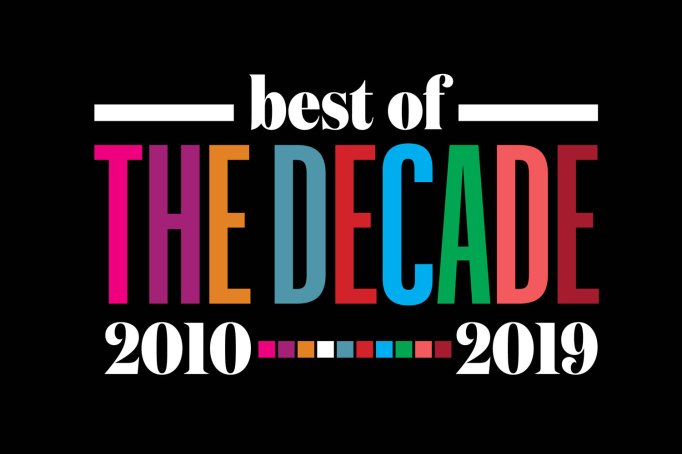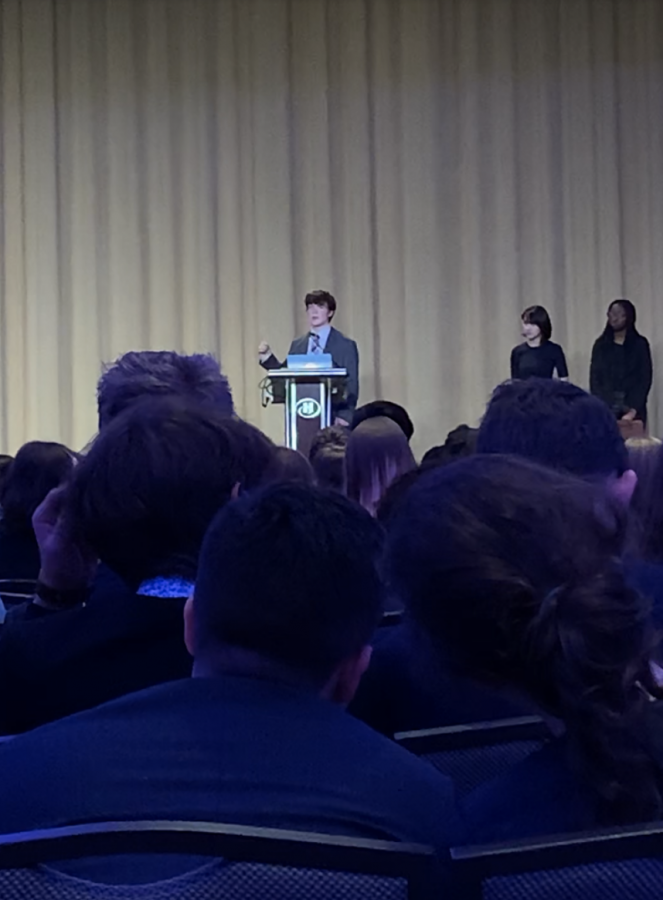Ashna Satpathy As discussed at gathering recently, it has become no underground secret that the teen vaping epidemic has increasingly gained prominence in teenagers lives. As an increasing number of teen begin partake, it is becoming a the forefront issue for the youngest generation. What Is Vaping? Vaping is essentially the consumption of e-cigarettes, or discreet futuristic-looking battery powered cigarettes. According to the Newport Academy, “A vaping device includes a mouthpiece, a battery, a heating component, and a cartridge that contains the e-liquid or e-juice. The e-liquid is a combination of nicotine, flavorings, and other chemicals.” They often have a sleek LED light at the end. The most popular type of e-cigarette is the Juul, which have become favored not only by adults, but teenagers as well. The advertised concepts behind e-cigarettes seem to negate all of the issues presented in traditional cigarettes. They were originally created for adult cigarette smokers to help them quite. That was their main goal and targeted audience, it was not intended for them to be used by teenagers, but, overtime their clientele has evidently shifted. While they do have a decreased cancer risk, the nicotine danger still remains. Juuls contain about twice the amount of nicotine as regular cigarettes. The thing about juuls and other forms of vaping as Ms. Wells mentioned is they tastes and smell good, therefore doing it seems fine to people, unlike cigarettes where the smoky taste/smell was a clear indicator that it was not good for you. Even the flavoring, which is where most of the chemical harm comes from, appeals to kids with its candy type flavors. The actual smoke created by Juuls goes away in a matter of seconds, making it easy to do pretty much anywhere. To many people, it seems that vaping jumps through most of the loopholes presented in cigarettes. Why It’s Bad: The overarching concern that the FDA and many pediatricians have is that they don’t want another generation to be addicted to nicotine, and if the vaping epidemic continues, that will be the reality. Unsurprisingly, the most harm is found in teenagers, a significant audience for e-cigarettes. The teenage/adolescent brain is still developing, and what that means is that it is extremely prone to damage because, “Like other drugs such as marijuana or alcohol, nicotine has a different impact on a developing brain than on the brain of an adult. The prefrontal cortex is often at increased risk in teens who use substances because it doesn’t finish developing until around age 25” (Brodwin, 2018). The prefrontal cortex is also the part of the brain helps control your emotions, impulse control, and decision making. As these e-cigarettes were created for cigarette smokers, they are not completely harmless, but rather a less harmful substance than cigarettes. “On one particular day in August, I had 12 patients aged 12 to 20 who said they were using Juul”, said Dr. Kirsten Hawkins, a pediatrician at Georgetown University Medical Center. The issue is, teens have looked at vaping as an alternative for cigarettes. As reported by CNN, even an alarming one in five eighth graders that use tobacco products started with e-cigarettes. It has become a widespread sensation of teenagers smoking fruity flavored vapor because they like the way it makes them feel. Francis Thompson, the principal of Jonathan Law High school said, “There is a misconception that they are only vaping water and that it’s healthy and that is not true.” Perhaps it is time that schools and other places provide more information regarding this epidemic to make sure teens are aware of what they are doing. An anonymous student believes that “most people do it because their friends do it and for the social attention of wanting to seem ‘cool,’ not necessarily because they actually want to smoke.” Similar to other substances, peer pressure plays a big role in the usage of e-cigarettes, but if more teenagers knew the risks involved, hopefully less of them would buy into the temptation, therefore causing other kids not to be tempted. Combating the Epidemic: An anonymous student said that “when vaping became accessible people started buying vapes without knowing the health risks and once your friends get them that automatically exposes you to the idea of it”. When just one person brings their Juul to a hang out or a party, it gives other kids the opportunity to try it. Scott Gottlieb, the CEO of the Food and Drug Administration (FDA) said, “We must do more to stem what I see as an epidemic of use of e-cigs among teens, and deeply disturbing trends that show no sign of abating…” Recently, the FDA has taken preventative measures, issuing“more than 1,300 warning letters and fines to convenience stores, gas stations and other stores over the summer for selling e-cigarettes to minors…The FDA says it’s the agency’s largest such action in history.” Furthermore, they have also provided a 60 day time slot to popular e-cigarette companies, (Juul, Vuse, Blu, MarkTen XL, and Logic) to demonstrate that they can restrict the access of their substances to minors. The consequences if they fail to do so will result on their products being taken off the market, potentially permanently. According to NPR, “The FDA says it’s trying to balance two goals: Keeping electronic cigarettes available to adults who don’t want to start smoking traditional cigarettes or are trying to quit and keeping the e-cigarettes out of the hands of young people.” Another student thinks“vaping is, like alcohol, a natural part of the high school experience. I believe it is okay and safe as long as you don’t get addicted. It makes parties more fun and puts you in a better mood, so I believe that it actually has some positive effects.” It’s natural for high school it is natural for teenagers to experiment with substances. In this case, juuling makes kids feel happier and may make you look cooler. But, as Ms. Wells mentioned, Ms. Metzler expressed that “last year in the library, when there was just two study rooms, we were alerted to the fact that there might be some vaping activity happening there.” This perhaps could have been what brought the issue of vaping to the attention of teachers at Latin. But Ms. Metzler believes things have changed because, “that is something that [she is] aware of in the past, but [she] think[s] in our current space, there is more people moving around and there is more students of different ages and teachers using the space so it’s a little bit harder to vape in the library.” Though the issue of vaping in school at Latin seems to have settled, it is still a national issue that may apply to teenagers within our community. Whether it seems to be a big issue within this community, Mr. Edwards believes that “…time will tell. I believe that we have responded to incidents as they have become known to us. I also believe that there are a lot of behaviors that are not known to us, and that’s what worries me.” The issue with vaping is that because it can be so discreet, it is harder to stop kids from doing it because at a certain point it is not in the control of the adults. Mr. Edwards said “The assembly came about because of what seems to be emerging national statistics around vaping specifically. There are several national stories bringing this into focus and it made us realize that there are needs within our community that weren’t being addressed and so that assembly was an attempt to fill that need.” In planning the assembly, he describes the goals of the teachers and administrators at Latin: “I think whether its vaping or any of the risky behaviors that we talked about in that one assembly, really the goal here is to provide support to students who may be out of their depth a little bit with some of these behaviors”, but this has its limits as “we can only provide that support if we know about things and so what I worry about is the possibility of disciplinary outcomes stops people from getting help, support, and information they need to get support for themselves.” It seems that the assembly did a good job of this as, “The overwhelming feedback, that [Mr. Edwards has] gotten at least, has been positive” and he was proud that “ there was a nice tone in that assembly where it wasn’t punitive finger-wagging.” He also acknowledged that “Ultimately students are going to do what they want to do. No teacher or administrator is around you 24/7 and part of our role as educators is to help you have the information you need to make good decisions for yourself.”Mr. Edwards concluded by saying, “What I do think is that it’s a good thing that we started the conversation. I don’t think that assembly was the beginning and end of it. I do think that was the start to a conversation that can continue, not just about vaping, but about other behaviors as well. I think vaping and juuling are emerging trends among teens, so sometimes you respond to things as they become actual trends rather than one student here and there, which are still problems, but you address it on a community level once it becomes a community problem.” As it has become almost normal to have a few people vaping on a normal weekend or after even school hangout, many ponder what the future of this generation will look like if this epidemic prevails. Will we have middle-aged adults still inhaling fruity flavored vapor while they watch tv at home with their families? As a society, it seems almost too conspicuous that this new generation so closely mirrors the cigarette epidemic that lasted throughout the twentieth century. With teenagers sneaking their new devices into their everyday lives, how will we as individuals, a school community, and citizens take measures to prevent an alarmingly new nicotine addicted generation?]]>
Categories:
Juuling: The Teen Vaping Epidemic
October 21, 2018
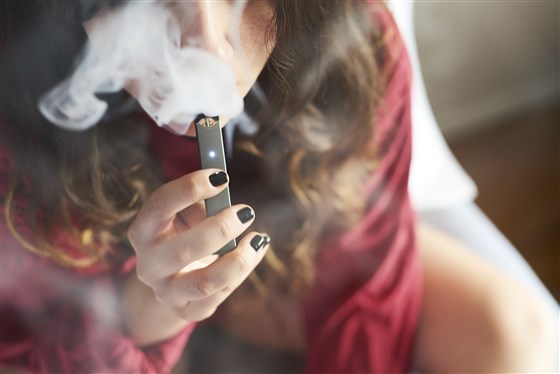
0
More to Discover

